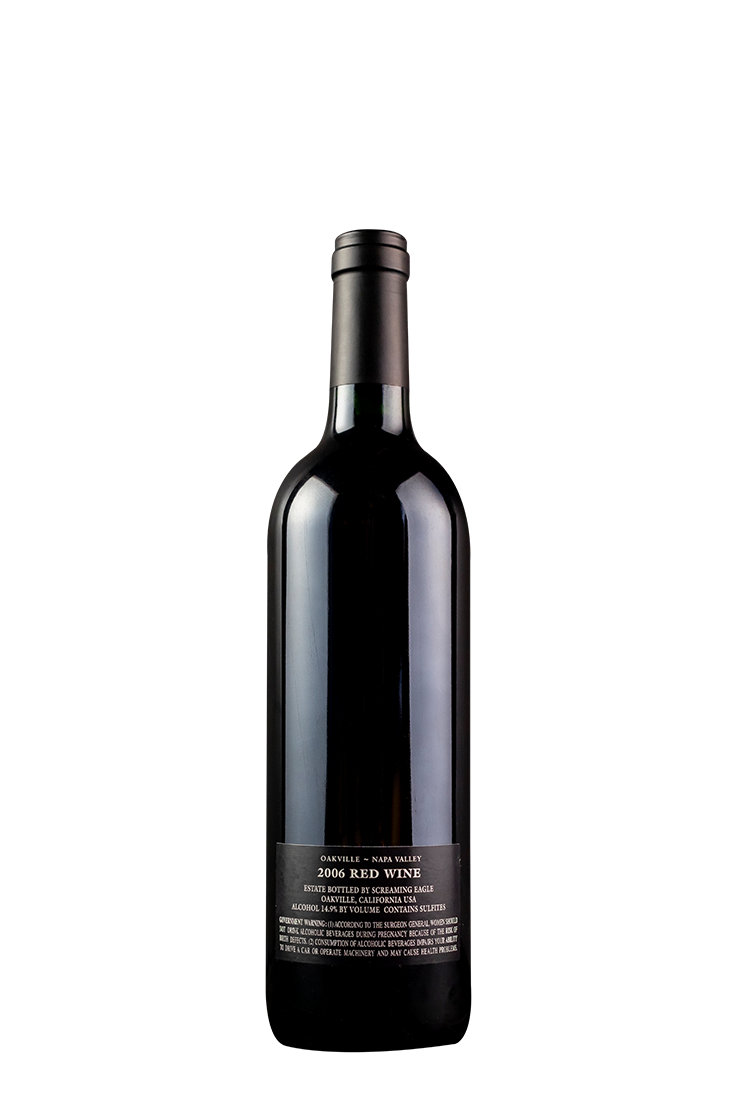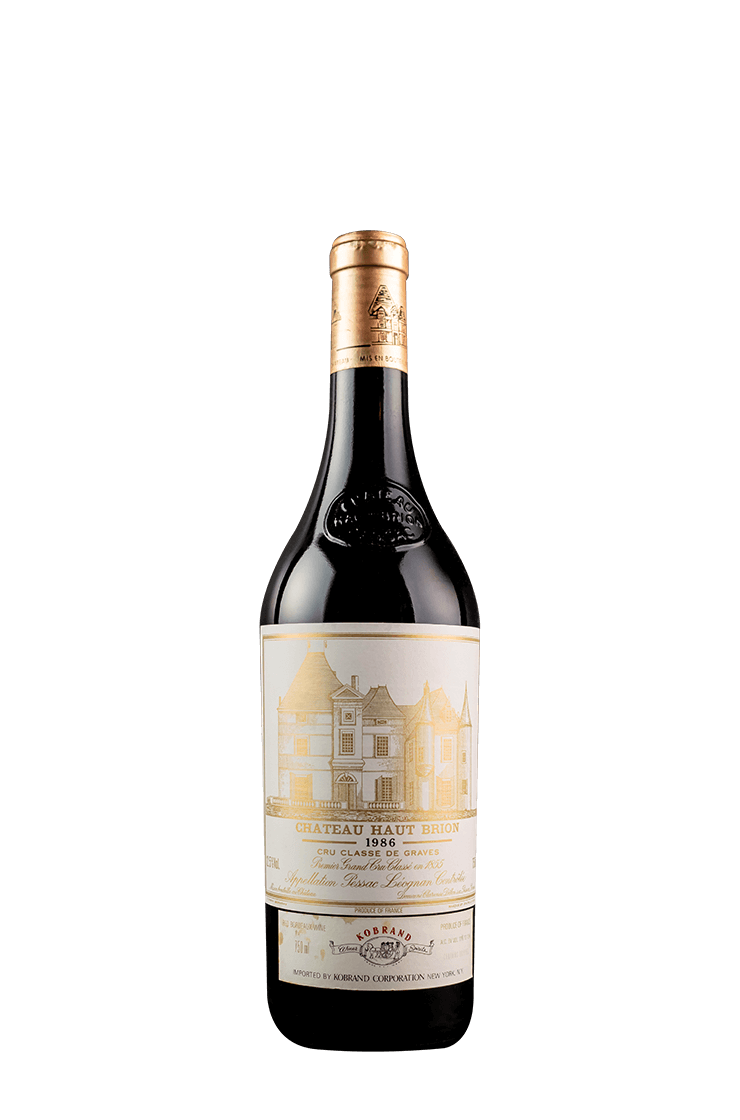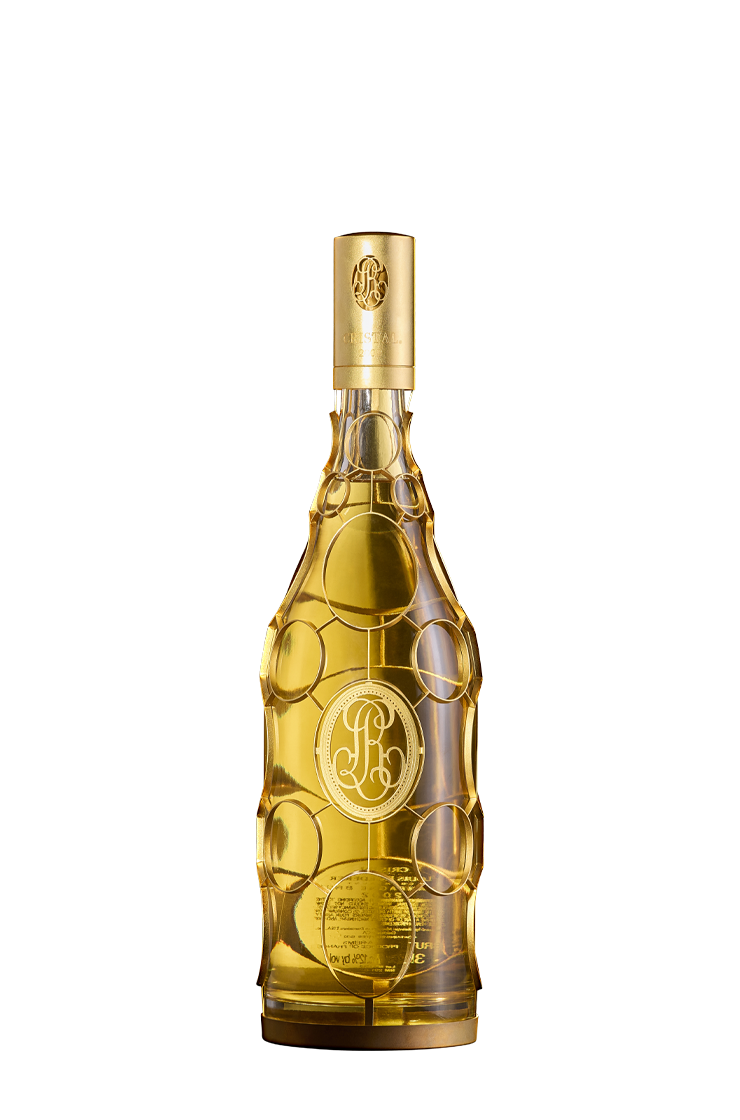You must be 21 or older to view this website.
Aging of Wine
September 15, 2025
Wine is a luxury that can improve with time, but only under the right conditions and for the right bottles. While some wines are crafted for immediate pleasure, others are deliberately built to evolve, allowing their aromas, flavors, and textures to deepen into something truly extraordinary. In this guide, we’ll explore how wine ages, what happens during the process, and how to recognize bottles worth cellaring in your wine collection so you can enjoy a youthful pour today or let one rest for tomorrow’s enjoyment.
What Is Wine Aging?
Wine aging is the natural process by which a wine evolves in aroma, flavor, and texture over time. At the chemical level, it involves the slow interaction of a wine’s core components—acids, tannins, phenolic compounds, and alcohol—that gradually soften, integrate, and transform.
As a wine ages, these compounds react with trace amounts of oxygen, resulting in noticeable shifts: bright fruit may give way to more nuanced, earthy notes; firm tannins can soften into a silky mouthfeel; and sharp acidity often mellows into a more balanced, cohesive profile. The longer a wine rests under the right conditions, the more its personality can change, sometimes subtly, sometimes dramatically.
Aging typically happens in two key phases: oak aging and bottle aging. Each stage contributes differently to the wine’s development, shaping everything from structure to complexity over time.
Oak Aging
Oak aging happens before bottling, often for months or even years. During this phase:
- The wine rests in barrels made from French, American, or Eastern European oak, each contributing distinct characteristics.
- French oak lends subtle spice, silkier tannins, and toasted almond notes.
- American oak imparts bolder flavors like coconut, vanilla, and dill.
- Eastern European oak provides a middle ground with tight grain and gentle structure.
- Barrel size and toast level influence oxygen exposure and flavor development.
- Winemakers choose oak aging for varietals like Cabernet Sauvignon, Chardonnay, and Tempranillo to impart structure, complexity, and aging potential.
While spice and vanilla are common descriptors, oak aging can also introduce aromas of smoke, mocha, caramel, clove, or cedar, adding depth that complements the wine's fruit and acid profile.
Bottle Aging
Once bottled, the wine continues to evolve through bottle aging, where trace oxygen sealed inside works slowly alongside the wine’s natural components. Over months or years, bright notes mellow, textures soften, and aromas begin to emerge. Together, these aging phases create a multidimensional wine that is far greater than the sum of its parts.
What Happens to Wine as It Ages?
As wine ages, its personality transforms. The vibrant fruit flavors that define young wines begin to mellow, giving way to more subtle, layered aromas often referred to as tertiary notes. Think earth, dried herbs, leather, or tobacco. Tannins, which can feel sharp or grippy in a young red, gradually soften and round out, contributing to a smoother, more elegant mouthfeel. At the same time, acidity begins to reduce, creating a more integrated and balanced profile across the palate.
Visually, age leaves its mark as well. Red wines typically shift from deep purples and ruby tones to garnet or even brick-orange hues around the rim.
White wines, especially those with some body, may deepen from pale straw to golden amber. With time, everything from aroma and flavor to texture and color evolves, leading to a wine that offers greater complexity, harmony, and depth–a slow unfolding that rewards patience and care.
Why Does Wine Get Better with Age?
When acid and tannins interact with alcohol over time, they create new flavor profiles that simply don’t exist in a young bottle. Still, “better” is subjective. Some drinkers prefer youthful freshness, while others revel in aged nuance. Crucially, a wine must be properly stored in a cool, dark, and stable environment to reap these benefits. Otherwise, oxidation and heat damage can mute flavor or spoil it altogether.
How to Tell if a Wine Is Good for Aging
Not all wines are made to age. To determine whether a wine will improve over time, look for the following characteristics:
Indicators of Age-Worthy Wines
- High acidity: Helps preserve freshness and structure.
- Strong tannins: Especially in young reds; these soften beautifully with age.
- Balanced alcohol: Higher alcohol can stabilize aging, but it must be integrated.
Concentration and complexity: Fuller-bodied wines with layered flavor profiles age better. - Quality and craftsmanship: Wines made with care from reputable producers often age more gracefully.
Types of Age-Worthy Wines
- Red Wines: Cabernet Sauvignon (especially Napa and Bordeaux), Barolo, Rioja, Syrah, Brunello di Montalcino
- White Wines: Riesling (particularly German), White Burgundy (Chardonnay), Chenin Blanc
- Fortified Wines: Port, Madeira, Sherry
Wines That Typically Do Not Age Well
- Light white wines (e.g., Pinot Grigio, Sauvignon Blanc)
- Most rosés
- Inexpensive, mass-produced table wines
How to Age Wine at Home
Aging wine at home can be deeply rewarding, but it requires proper care to ensure the wine reaches its full potential. Not every space is suitable, so creating the right environment is essential for protecting the wine’s integrity over time. With the right storage conditions, even a modest collection can develop beautifully.
Ideal Home Aging Conditions
- Temperature: Maintain a steady 55°F (13°C). Fluctuations can cause premature aging or spoilage.
- Humidity: Aim for 60–70% to keep corks from drying out and letting in unwanted oxygen.
- Position: Store bottles horizontally to keep corks moist and airtight.
- Light: Avoid exposure to sunlight and harsh artificial light, which can degrade aromas.
- Movement: Minimize vibration. Use stable shelves or racks to prevent disruption of sediment.
- Storage Unit: Invest in a wine fridge or build a custom cellar for consistent, long-term protection.
When and How to Check for Maturity
- Review the label or producer notes for recommended aging windows.
- Watch for signs of peak maturity: fruit flavors that have softened into complexity, integrated tannins, and a balanced structure.
- Beware of over-aging: If the wine shows dull, faded flavors, oxidized aromas (like wet cardboard or cooked fruit), or a flat texture, it may have passed its prime.
- Track your collection with a wine journal or digital cellar app to monitor aging progress and avoid missed opportunities to enjoy bottles at their best.
How Long Should You Age Different Types of Wine?
Aging timelines vary by style and quality. Use the guide below to determine how long to age different types of wine:
Red Wines
- Cabernet Sauvignon, Bordeaux, Barolo: 5–20+ years
- Pinot Noir: 5–10 years
- Syrah/Shiraz: 5–15 years
White Wines
- Riesling, Chardonnay, Chenin Blanc: 2–7 years (sometimes more)
- Sauvignon Blanc, Pinot Grigio: Typically best young (1–3 years)
Sparkling Wine
- Non-vintage: Drink young
- Vintage cuvée: 3–10+ years (depending on producer)
Fortified Wines
- Port, Madeira, Sherry: 10–50+ years depending on style
Best Aged Wines at Collection 86
At Collection 86, we curate bottles already in their prime or poised to become legends. Here are three standouts ready to grace your glass or cellar:
Screaming Eagle “The Flight”
This elegant second label from Napa’s most iconic producer offers a lifted expression of Cabernet Franc and Merlot. Those drinking Screaming Eagle “The Flight” can expect floral aromatics, dark cherry, and polished minerality, graceful now, yet structured enough to age beautifully over the next decade.

Château Haut-Brion
A First Growth Bordeaux with a legacy that dates back centuries. Deep notes of blackcurrant, graphite, and smoked herbs evolve over time into tobacco, leather, and truffle, making the Château Haut-Brion one of the most rewarding wines to age and revisit over the years.

Louis Roederer Cristal
Originally crafted for Russian royalty, this prestige cuvée is renowned for its finesse and longevity. The Louis Roederer Cristal’s fine mousse, citrus blossom, and chalky minerality develop into richer notes of brioche and hazelnut with cellaring—perfect for toasting now or aging for a future celebration.

Curious to explore more? Our sommelier team can help you select the perfect bottle for your taste or cellar. Visit us in person at Yaamava’ Resort & Casino to schedule a private consultation.
Built to Last, Meant to Share
Aging wine is equal parts art, science, and patience. Done right, the journey from young wine to mature masterpiece rewards you with complexity impossible to bottle overnight. Yet the magic only unfolds for wines with the right qualities that are stored in ideal conditions.
Whether you’re laying down a case of future treasures or eager to taste greatness already perfected, Collection 86’s library of the greatest wine, spirits, beer, and cigars at Yaamava’ Resort & Casino at San Manuel is your passport to the world’s most age‑worthy wines–each poured with reverence so you can savor history without ever sacrificing your own cellar.
Raise a glass with us and experience how time, when guided by talent, turns good wine into something unforgettable.
